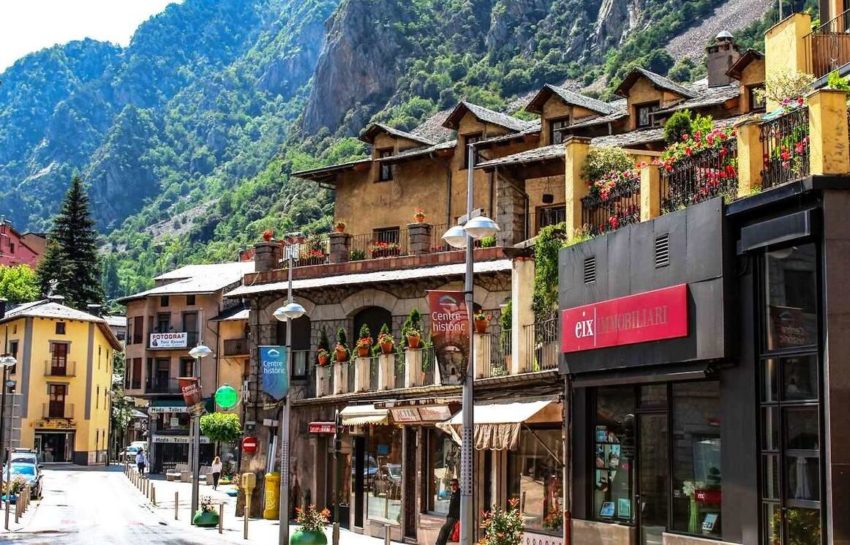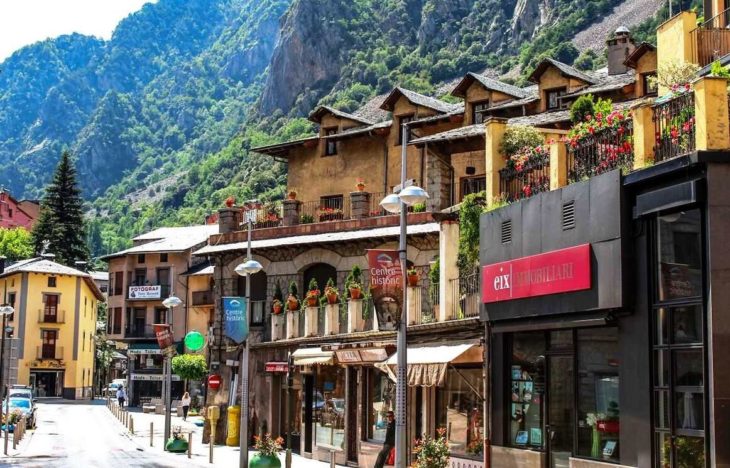Andorra’s gross domestic product (GDP) increased by 1.6 per cent in 2018 against 1.7 per cent in 2017. In 2018, GDP per capita amounted to USD 42,487. This was one per cent lower than in the neighboring countries in the north (France), but 38 per cent higher than in the neighboring countries in the south (Spain). Unemployment is 3.7 percent (2016).
Agriculture
Only about five percent of the land area is cultivable. Agriculture is typical of the valleys at the top of the Pyrenees, with sheep and cattle herds. Wheat, barley, rice, potatoes, vegetables and tobacco are grown. Agriculture contributes 11.9 per cent of the country’s GDP and employs 0.5 per cent of the working population (2015).
Industry
The industry contributes 33.6 per cent of the country’s GDP and employs 4.4 per cent of the working population (2015). It produced cigars and cigarettes, cognac, perfume, electrical machinery and equipment, textiles, leather goods, building materials and furniture.
Energy
Electricity production is 99.48 million kWh (2015). 61 per cent of production is based on fossil fuels. 23 per cent is from hydropower and 15 per cent from other renewable sources. However, production covers less than half of the country’s energy consumption, which amounts to 221.6 million kWh (2015).
Service industries
The service industries contribute 54.5 per cent of the country’s GDP and employ 95.1 per cent of the working population. Beautiful scenery, excellent skiing facilities and trade in duty-free goods are the reason why about ten million tourists visit the country every year. Andorra is the largest winter sports destination in the Pyrenees. The banking and finance sector is well developed and of importance for foreign investment.
Transport and Communications
The total road network is 320 kilometers (2019). There are good road links with France and Spain. The country does not have rail or airport. There are two railway stations in France a few kilometers from the border with Andorra: Latour-de-Carol and L’Hospitalet-près-l’Andorre. The nearest airport is La Seu d’Urgell, Spain, 17 kilometers from Andorra la Vella. The international airports at Toulouse and Barcelona are a three-hour drive from Andorra’s capital
Foreign Trade
In 2015, Andorra’s total imports amounted to USD 1257 million, while exports amounted to USD 78.71 million. However, a significant part of Andorra’s imports are goods that are resold to tourists. Consumer and food, fuel and electricity are the most important import goods, while tobacco and furniture are the most important export products. Spain and France are Andorra’s largest and second largest trading partners respectively.
Andorra has a trade and cooperation agreement with the EU and uses the euro as its currency.

